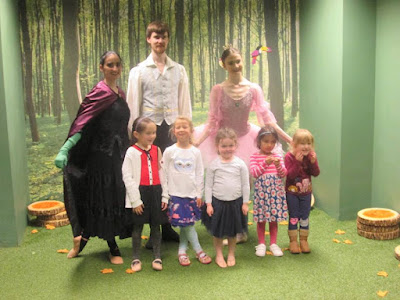Compared to the list of ideas I created for the codes of conduct applying to my professional practice last week, I found a lot of other points which had not occurred to me. I have recorded these points below.
'Professional Competence' section:
· What seemed especially apparent was the need to have the necessary skills, knowledge and experience for the work I do and recognising the boundaries of my knowledge. This had not occurred to me as I suppose it is often something which is taken for granted.
· I also found that I had forgotten to talk about the need to be truthful and honest about qualifications and experience, again because I know what I qualifications I have does not mean that everyone else does and I need to ensure I am clear about presenting everything in advance.
· The importance of continuing to develop your skills and abilities through ongoing professional development and keeping up to date with new legislations and developments.
· Responsibility for ensuring others understand what I do.
'Responsibility' section:
· Honesty, effective communication, thorough preparation, discussion with others to ensure the nature of my work is clearly presented.
· Locate and engage the necessary support required.
· Ensure paperwork and admin are covered.
· Charge appropriate amounts for the work that I do.
· Ensure the good quality of the work of other's who may work in my absence.
· Maintain good appearance and behaviour.
· Monitor my work and take feedback from others.
· Reflect on my work and apply what I learn to improve my work.
· Always fulfil obligations.
'Safety' section
- I must keep up to date with legal and statutory requirements.
- Have knowledge of professional responsibilities and liabilities and use these in my work.
- Ensure coverage from insurance.
- Take out the necessary risk assessments.
- I must do all I can to ensure safety of participants. In the event that there is doubt of safety, I should not undertake the project or event.
- Encourage participants to take active responsibility for their safety and welfare.
- Monitor, record and or report any issues of confidentiality and consent.
- Set and agree to appropriate personal boundaries to ensure the integrity of relationships with participants and employers.
'Working with People' section
- Be open, encouraging and adopt a sensitive manner to create an inclusive environment.
- Create time and space to build relationships in order to understand the personal needs of participants.
- Invite feedback and encourage input from others.
- Enable and assist individuals to make independent choices and decisions.
- Respect and acknowledge the position, experience and expertise of other specialist staff.
- Awareness of my own responsibility for personal wellbeing and encourage others to also do the same.
I was quite surprised by the detail of the code of conduct and interested to see how much I had not thought of. In my own list I had concentrated mainly on more focused areas where as the 'community dance' code of conduct breaks down many of the areas I was looking at in to further detail. It urged me to consider many more ethical areas relevant to my work.
Bibliography
Bibliography
Professional code of conduct (no date). Available at: https://www.communitydance.org.uk/membership-services/professional-code-of-conduct
Accessed 29/10/2017










